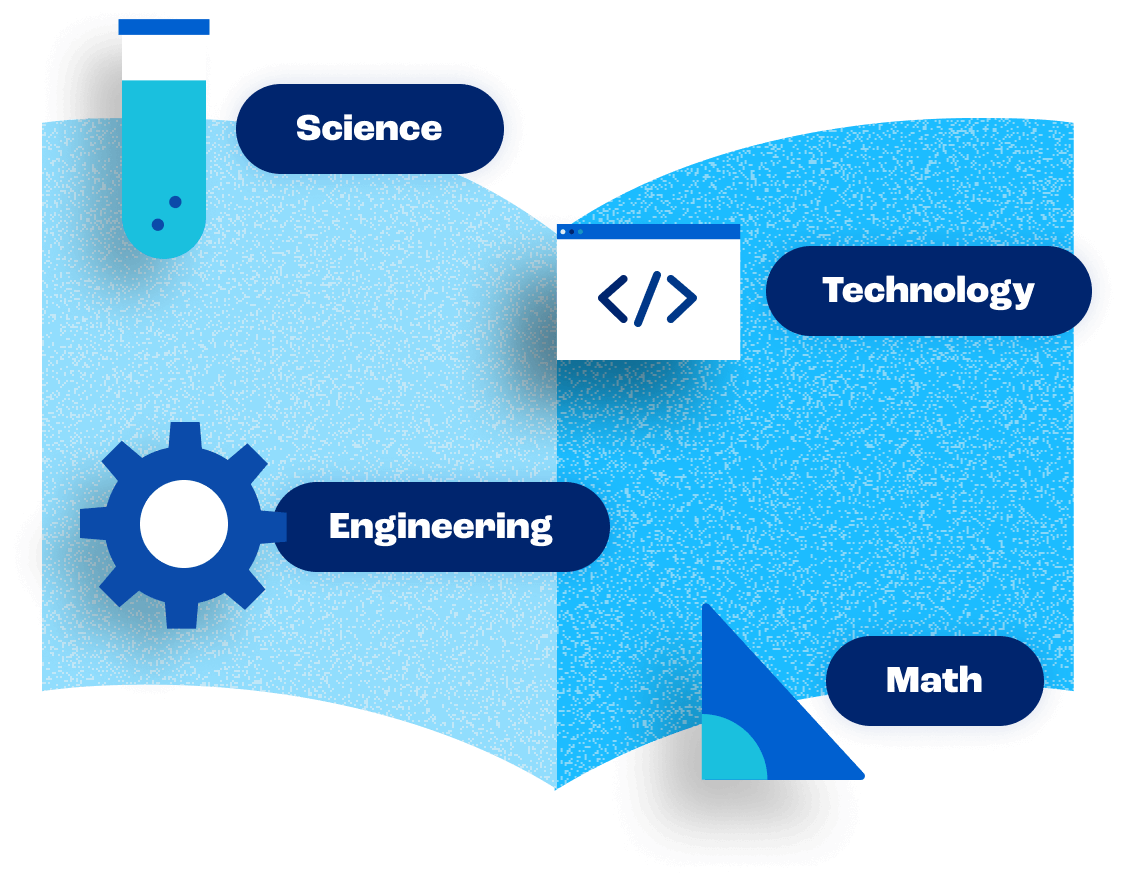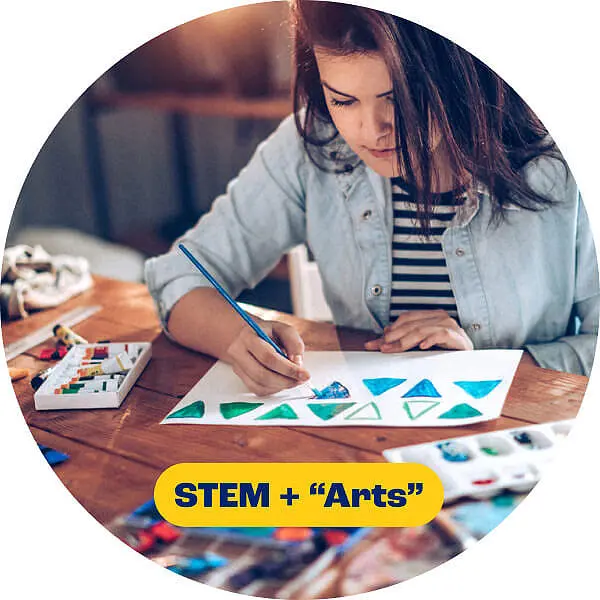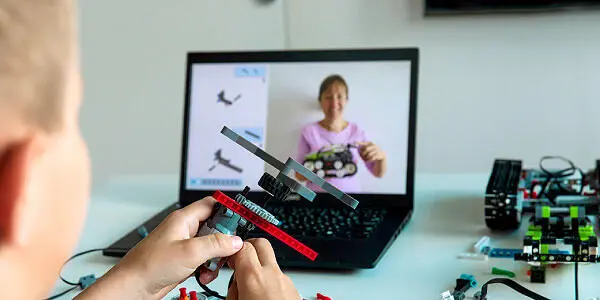STEM vs. STEAM
STEM vs. STEAM: Understanding the Key Differences
You may have wondered about the terms STEM vs. STEAM as they are sometimes used interchangeably, but these two educational approaches actually have different student outcomes and different academic focuses. Here’s what you should know about what that extra letter “A” means.
What is STEM?
In 2001, the National Science Foundation revamped its efforts to ensure students were gaining a first-rate science and mathematics education across the country. They saw a growing need to prepare students for more success in advanced careers such as healthcare and information technology.
That’s when STEM was born.
STEM stands for Science, Technology, Engineering, and Math. STEM in the curriculum focuses on providing students with an in-depth knowledge of STEM-specific subjects through real-world learning, investigation, and evidence-based explanations.
What is STEAM?
STEAM takes STEM education a step further by integrating “Arts” into the acronym, encompassing language arts, drama, graphic design, visual arts, music, and new media.
The extra “A” expands the initial focus on hands-on investigation to include process-driven inquiry, design, and creativity. STEAM also emphasizes valuable soft skills like communication, collaboration, and innovation.
STEM vs. STEAM
Let’s take a closer look at the similarities and differences between STEM vs. STEAM.
| The Similarities | The Differences |
|---|---|
| STEM and STEAM are both standards-based educational approaches to a rigorous, integrated math and science curriculum. | STEAM is an access point for inquiry, dialogue, and critical thinking. |
| Both push students to engage in inquiry-based thinking and problem-solving through process-based learning. | STEM focuses on real-world learning through investigations, problem-solving, and evidence-based explanations. |
| Both address multiple content areas, including literacy and social sciences. | STEAM has a process-driven focus and requires the use of soft skills in addition to academic knowledge. |
| STEM focuses on developing deep content knowledge and higher-level thinking through hands-on experiences. |
What does STEM vs. STEAM look like in the classroom?
Both approaches lead students to explore many of the same scientific and mathematical concepts. The difference comes down to what it looks like in action. STEM lessons emphasize critical thinking through deductive reasoning and problem-solving, whereas STEAM lessons require students to work together and innovate along the way.
For example, take a 6th grade science class studying a unit on meteorology. A STEM-based lesson would incorporate more cross-curricular, real-world elements into the lesson. A STEAM lesson on the topic would look similar, except that students may be asked to design, build, and launch a weather balloon with a small team. Students would use their soft skills to communicate their ideas, divvy up responsibilities, and work together as they discover the science behind launching weather balloons.
Here’s how traditional and STEM-based approaches may differ.
| Traditional Science Lesson | STEM Lesson |
|---|---|
| Reading a chapter on meteorology from the textbook | Observing and recording data from a weather balloon |
| Discussing the concepts with classmates | Using the data to calculate measurements such as atmospheric pressure and distance traveled |
| Completing a worksheet | Concluding how variables like wind speed, weather, and balloon size might create different outcomes |
The Advantages of STEM and STEAM
STEM helps students understand how things work together, ultimately helping them become more employable after graduation. At the same time, STEAM allows students to think outside the box and develop innovative solutions. Both STEM and STEAM are critical to preparing today’s learners to be tomorrow’s innovators.
STEM and STEAM learning approaches shift the focus of education from memorization and recall to exploration, problem-solving, collaboration, and communication—all necessary skills for success in a technology-driven world.
Ultimately, STEM vs. STEAM isn’t an either/or proposition. In some cases, it can be both. Educators and parents can use STEM and STEAM curriculums together to create a holistic approach to education that inspires lifelong learners.
Explore K12’s STEM Opportunities
STEM vs. STEAM is about providing students with an education that prepares them for success in a rapidly changing world. At K12, we’re dedicated to providing expansive opportunities for students to prepare for a rewarding STEM career. We have STEM-focused courses, activities, and clubs that can support every student’s unique interests and encourage them to explore STEM topics in a fun and engaging way.
Explore our programs to see what might be the best fit for your student.












